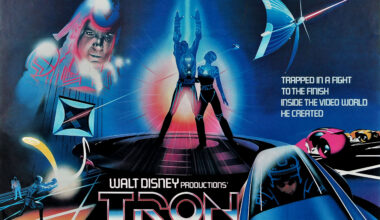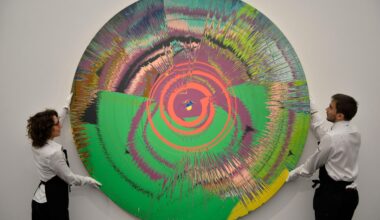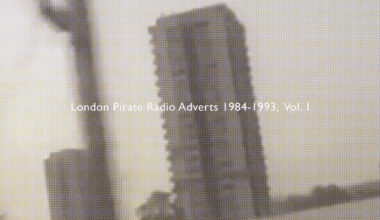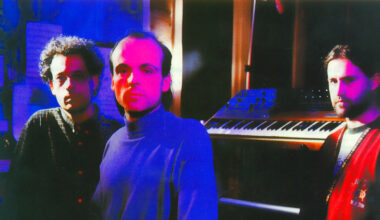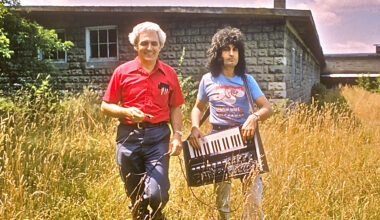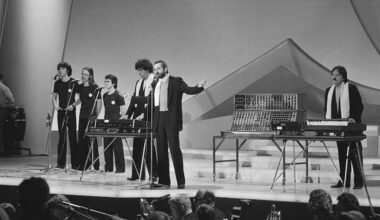In 1980s Madrid, La Movida Madrileña, a hedonistic counterculture movement emerged in the wake of Franco’s death. With it came a wave of electronic music that is seeing a reappraisal four decades on
Want to read more?
Sign up to Electronic Sound Premium to gain access to every post, video, special offers, and more. 100%, all you can eat, no commitment, cancel any time.
Already a premium member? Log in here
